Teaching is a Project-Based Profession: 10 PBL Teacher Mindsets
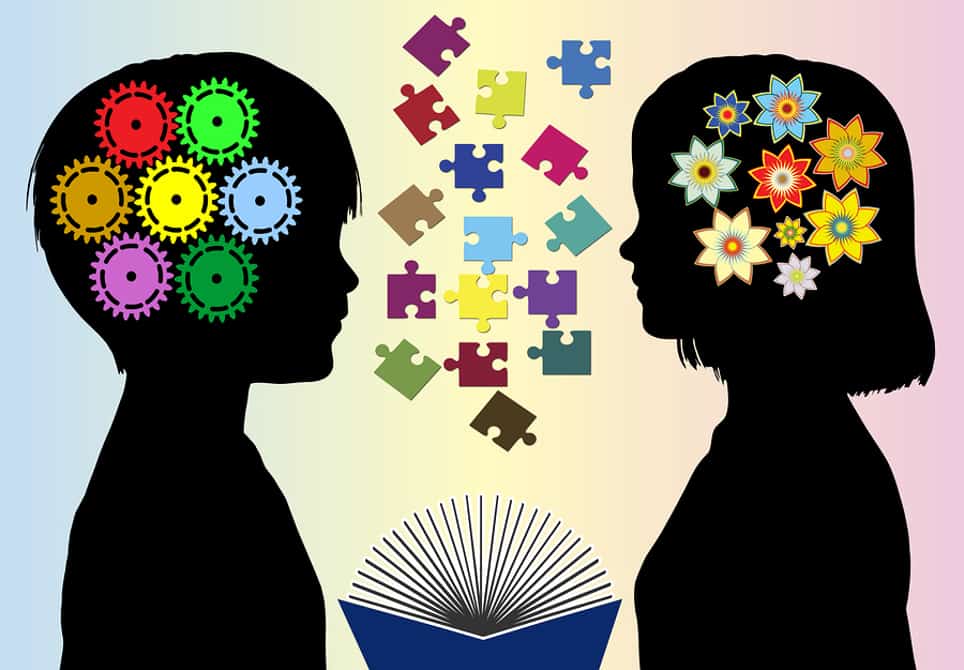
We live in a project-based world. Consider these examples of professions that organize their work into projects:
- Lawyers work on cases. Each could be viewed as a project.
- Architects, artists and carpenters have clients. Each client has a different desired outcome for the project.
- Graphic designers have a series of projects he/she works on, each one with different clients that have particular project requirements and feedback loops to manage.
- Ecologists studying water work on projects conducting sustained inquiry for different communities who need to improve their water quality.
- Computer engineers design and code. Their driving question may be about a software problem or about how to code and design a platform feature to enhance a product.
In our recent publication Preparing Students for a Project-Based World in partnership with the Buck Institute for Education (BIE), we made this case and illustrate that many jobs require the ability to work in projects and possess effective collaboration, problem-solving and communication skills.
Those who are training students and eventually future employees – TEACHERS – have a great task at hand. A project-based learning (PBL) teacher who is prepared to teach students how to successfully manage projects has a PBL mindset. A teacher with this mindset views projects as the umbrella for how they get their work done and for how students learn. They are skilled project managers, facilitators, advisors and coaches, encouraging students to conduct high-quality projects from start to finish.
Here are 10 mindsets successful PBL teachers have.
10 PBL Teacher Mindsets
- Sees projects as the overarching vehicle through which they can address other academic content and ideas. This can be hard to do in mixed and diverse classrooms, especially to ensure all learner needs are met. We chatted with Gia Truong from Envision Schools on a recent Getting Smart Podcast about how they prepare all students academically through projects.
- Connects other important personal development goals for students, such as social-emotional learning, into each project. Big Picture Learning schools do this well with a focus on personal qualities embedded in their students’ project plans. (For more, see Big Picture Learning’s guidebook on non-cognitive attributes for college and career readiness).
- Manages personal improvement, lesson planning, PLCs, etc. as projects. Summit Public Schools’ staff members demonstrate this through their own planning, often cross collaborating, modeling the project process to create curriculum.
- Possesses curiosity about the world and is a lifelong learner. PBL teachers move beyond their comfort zone and recognize it’s helpful to themselves and their students to continue to explore and learn. They nudge themselves to learn new skills and talk about your own learning with your students.
- Views parental involvement, back to school, school improvement projects and other initiatives as projects. PBL teachers model the project process through their work at the schools inside and outside of the classroom. For example, teachers can run faculty meetings as a project. The meeting has a driving question, teachers research the question and return to the group with solutions or project ideas.
- Sees learning as a series of projects, all leading to deeper learning outcomes. For example, a two-week project a student does about climate change in second grade is seen as a sub-project of a lifelong work in learning about the environment and teaching students how to think critically and solve complex problems. Teachers may then eventually facilitate a project that deepens student understanding of climate change, such as learning about the drought in California.
- Has an innovation mindset. “Beyond the basics, the most important aspect of career readiness may be developing an innovation mindset–being prepared to create one’s own job and the curiosity, self-direction and commitment to add value in every circumstance,” writes Tom Vander Ark. A productive disposition combines Growth Mindset (applied intelligence is not fixed, it expands with effort), Maker Mindset (recognizing opportunity and taking initiative and Team Mindset (Collaborating with diverse teammates).
- Sees problems that need to be solved as a positive challenge. This can be large-scale social problems or school or even classroom based challenges. Often PBL teachers see students as a big part of any solution, knowing and trusting students to bring their creative ideas to help solve the world’s toughest problems. Some teachers are even using large goals (such as the UN Sustainable Development Goals) to have students tackle big issues, using ingenuity and creativity.
- Is able to balance right brain and left-brain activities. Teachers can manage the details of projects and all that comes with facilitating great PBL, but also are fluid in that they can be open-ended and flexible while they are going through the process. They know how to enjoy the PBL journey, but also manage details throughout the process.
- Embraces tension between clarity and ambiguity. PBL teachers set high expectations, are clear on goals and outcomes, and also know that things might not go exactly according to plan. They are clear on the “bigger picture” and recognize that some things can be more ambiguous or uncertain. Balancing that is tricky, but with practice, PBL teachers do this with grace.
5 Questions for Reflection: Do I Have a PBL Mindset?
- Do I view my work through projects?
- Do I rethink how to take normal tasks and make them more public?
- Do I value trying out different projects and doing new things?
- Do I plan out my projects and take time to reflect?
- Do I try new things and embrace innovation?
See 23 Questions to Cultivate Deeper Learning Mindsets for more ideas on PD questions for reflection.
This blog is part of “It’s a Project-Based World” series. To learn more about this series and to learn ways that you can contribute, click the icon below to go to the Project-Based World page.
Join in the conversation at #projectbased.
For more, see:
- 13 Tips for Students Getting Started with Project-Based Learning
- It’s a Project-Based World. Let’s Prepare Students for It.
- Getting Smart Podcast | It’s a Project-Based World and a PBL Movement
Stay in-the-know with all things EdTech and innovations in learning by signing up to receive the weekly Smart Update. This post includes mentions of a Getting Smart partner. For a full list of partners, affiliate organizations and all other disclosures please see our Partner page.
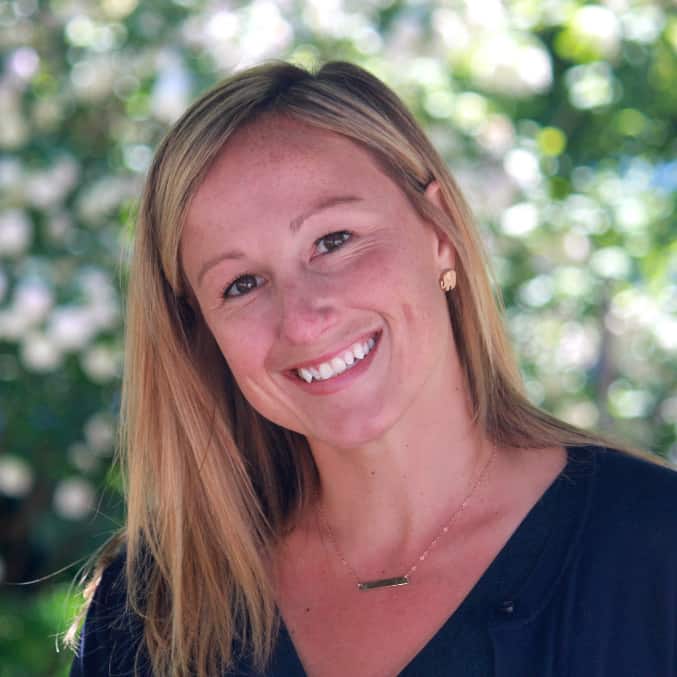


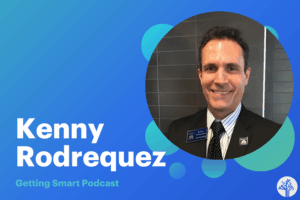
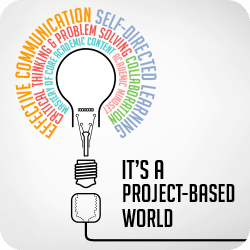
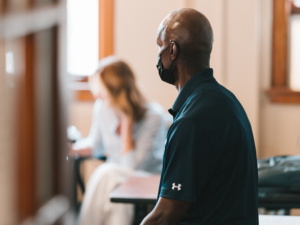
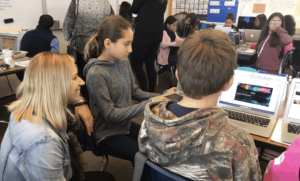
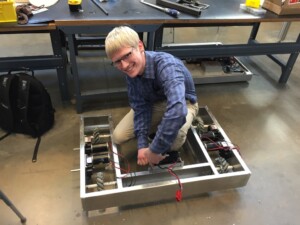

0 Comments
Leave a Comment
Your email address will not be published. All fields are required.